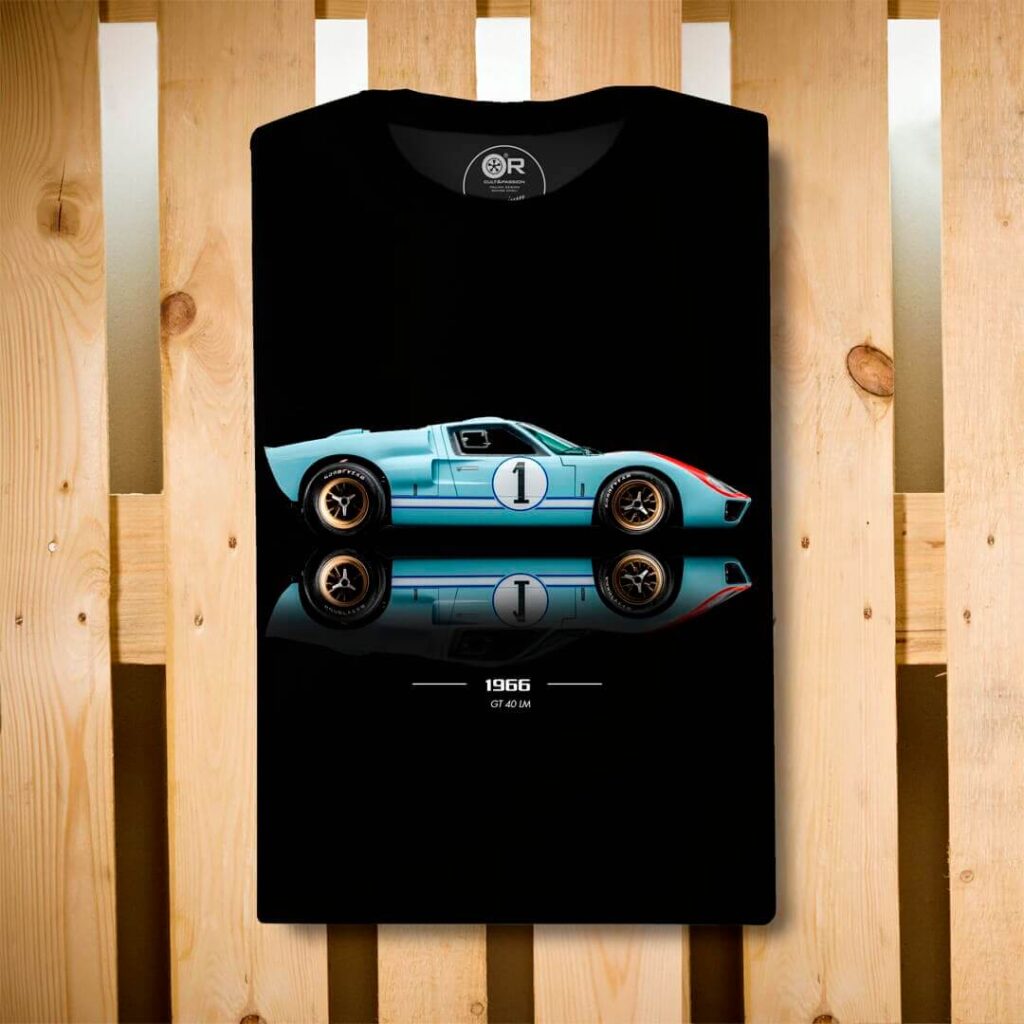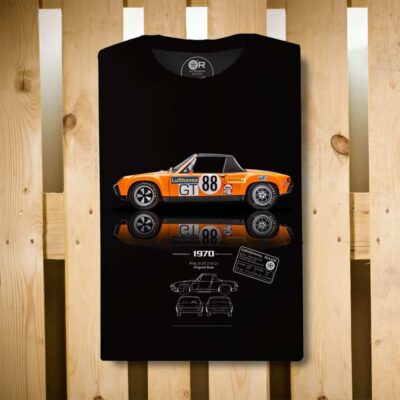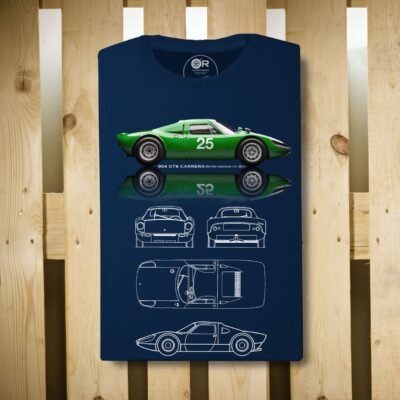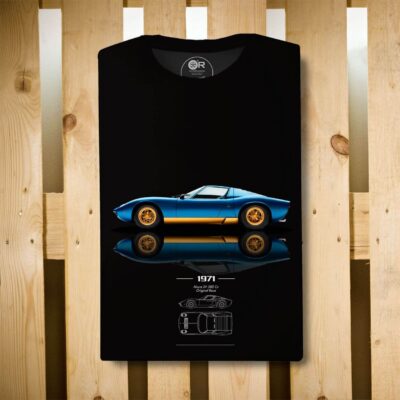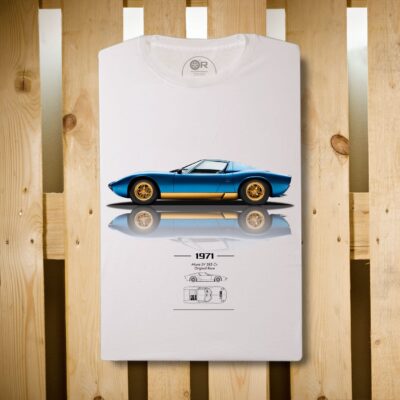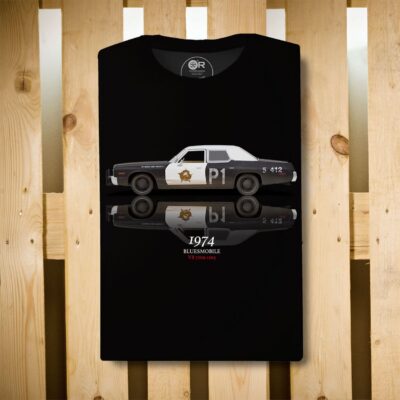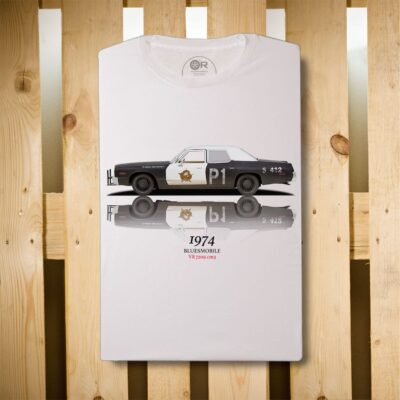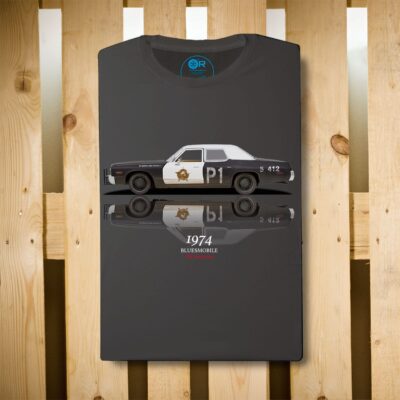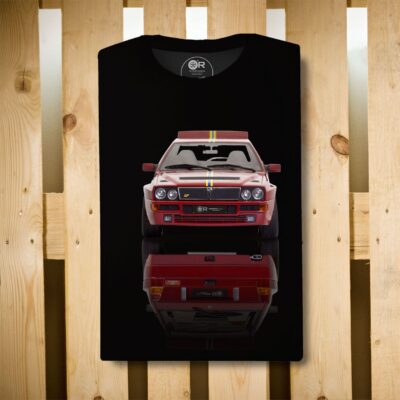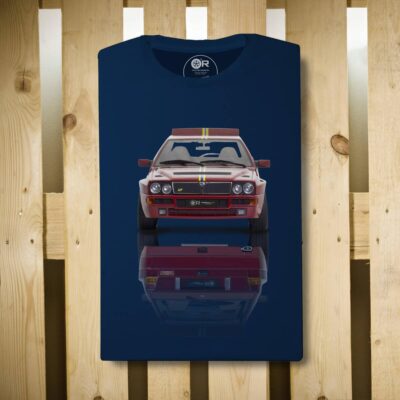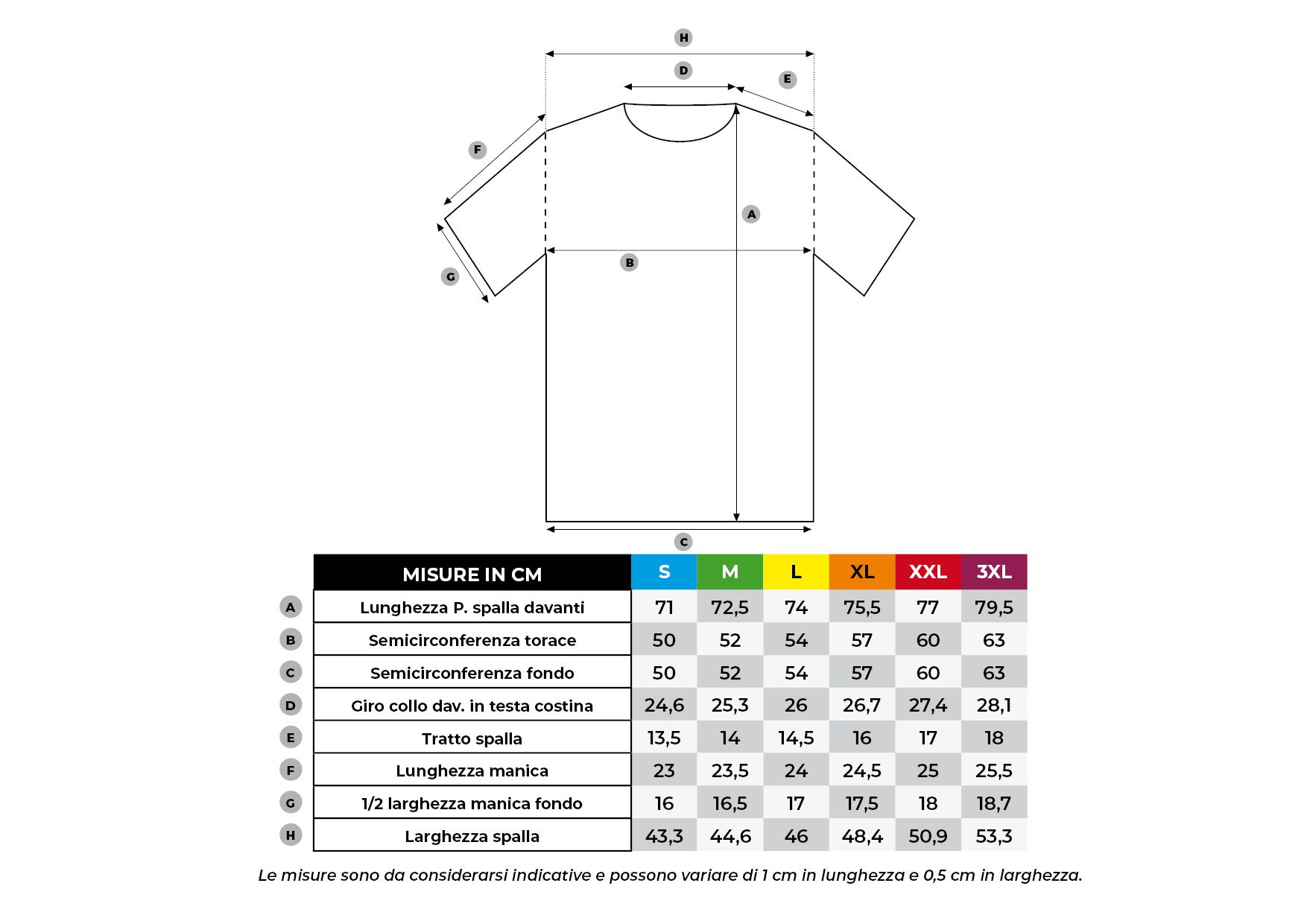An item of clothing reserved for fans of engines that have made history. Wearing them is an act of love that can be understood by those who get excited when they open the bonnet of a car and are flooded by the mix of smells of petrol and burnt oil, the soul of mechanics. For these people OriginalRace was born, a premium line produced in San Marino where every single model is made from the photographs of cars actually owned by us or by our loyal customers. Top quality short-sleeved T-shirts. The graphics are made in a mixed technique between illustration and photography, making each OR garment a unique work of art. All our prints are made using a manual process, small differences between the T-shirts are considered a feature of exclusivity of the product.
PRODUCT INFO
T-shirt in certified organic 100% cotton, Made in Italy, regular fit with excellent resistance to washing. Wash the product at 30° inside out. Attention: OriginalRace garments are unique products in terms of size and colour. Before purchasing, please check the size chart attached next to the product sheet. For any doubts and information on purchasing, please contact customers@originalrace.com. The t-shirts have the same characteristics as those available in our representative boutiques.
Descrizione
100% CERTIFIED ORGANIC COTTON
Made in Italy
La GT40 is a famous sports car produced by house of Dearborn from 1964 at 1969. Designed as a rival to the machines from the Prancing Horse in endurance races, he won four times in a row, from 1966 at 1969, the 24 Hours of Le Mans.
The acronym 'GT' for Gran Turismoand "40" for the height of the car in inches measured from the windscreen (1.02 m).
The new sports car from the blue oval was presented at theAuto Show by New York of 1964: the initial model was equipped with a 4.2-litre V8 derived from the series. Meanwhile, at Lola (in charge of designing the chassis) work was in full swing to prepare the two cars to be fielded at the 1000 km of Nürburgringand then take three to the 24 Hours of Le Manson both occasions unsuccessfully: the design had serious aerodynamic and structural deficiencies, to the point that during the 24 Hours of Le Mans The tendency of the car body to generate lift and lift the front axle upwards at high speeds emerged. In 1965, the GT40 was completely redesigned and was equipped with a 4.7-litre V8 more powerful and reliable. Evidently, Detroit was on the right track: the GT won its first victory, taking the 2000 km of Daytona.
With the experience gained, the following year, in 1966 the GT40 Mk II (with displacement raised to approx. 7000 cm³ and improved reliability) dominated the 24 Hours of Le Mans and conquered all three steps of the podium, surpassing for the first time the average of the 200 km/h within the 24-hour competition period.
In 1967 participated in the race the Mk IVwhich was the result of a new design with a different chassis and body than the previous versions, and won the French competition again, even hitting a speed peak of 343 km/hthe highest recorded up to that time. Participating in the race were, in addition to 4 Mk IValso 3 Mk II e 3 Mk I and the most serious opponent, the Ferrari 330 P4, was unable to counter them.
In 1968 a change in the regulations limited the engine capacity of sports cars to 5.0 litres requiring the construction of at least 50 specimens: the old Mk I with increased displacement up to 4942 cm³ and power of approx. 415 HP. In the same year a Mk I from 4.9 litres of displacement participated in, and won, the 24 Hours of Le Mans, brought to the track by the team J.W. Automotive Engineering Ltd.which competed against cars in the prototype category, whose engine was limited by regulations to 3.0 litres, but which could count on a much lower weight.
The following year, the challenge between the GT40 and prototypes, the smaller-cube engines used by them could not counteract the mighty engine V8. La GT40 conducted by Jacky Ickx e Jackie Oliver won the race in a sprint by a few thousandths of a second.
In the following edition, the car proved to be obsolete.
La GT40, version MK II also participated in the 1967 24 Hours of Daytona with the Mercuryanother house controlled by the house of Dearbornand equipped with a 7 L engine. Otherwise, it did not differ, except in appearance, from the other GT40 of the same version.
THE GT40 shown here is the one driven by Ken Miles, pilot who won the 24 Hours of Daytona 1965 (together with Lloyd Ruby on a GT40), the 24 Hours of Daytona 1966 (always with Lloyd Ruby at GT40 Mk II), the 12 Hours of Sebring 1966 (together with Lloyd Ruby at GT40 X1). The pilot, always with a GT40 Mk II, came second in a pair with Denny Hulme at 24 Hours of Le Mans 1966after slowing down to wait for his two team mates and cross the finish line side by side. The stewards gave the victory to Bruce McLaren because he was further away at the start and then had to travel further.




